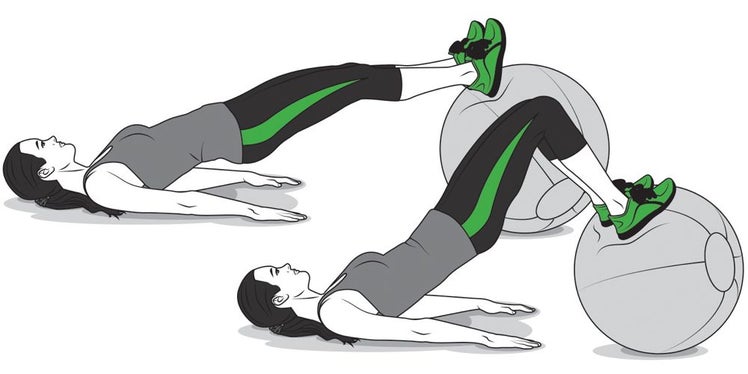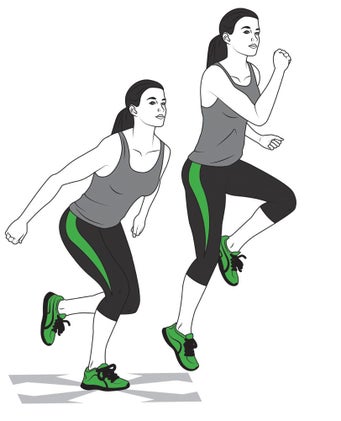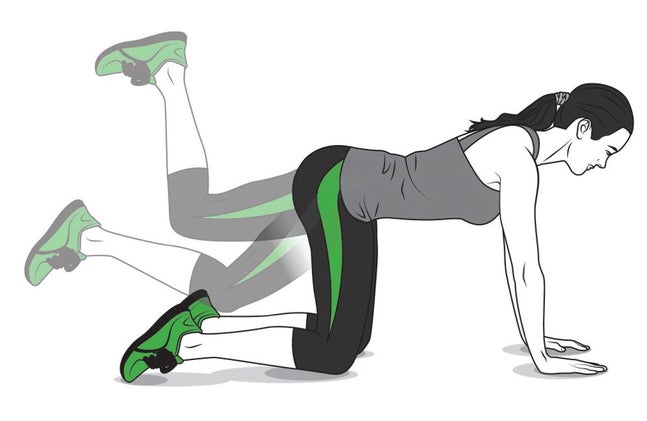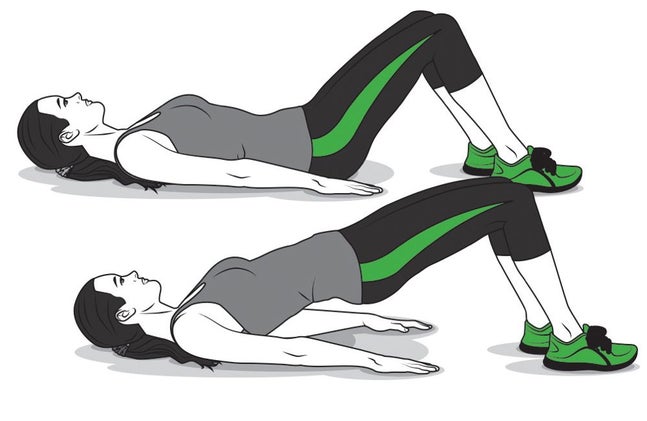Are You A Balanced Runner?

Photo: <a href=http://shutterstock.com>Shutterstock.com</a>

To run efficiently, you need more than just strength alone.
As endurance athletes know, optimal performance isn’t about aimlessly accumulating mileage but rather organizing training in a strategic way for improved fitness. A perfect example of this can be seen in a recent study that compared a group of highly trained runners with a group of recreational runners. When they looked at muscle strength in the participants’ legs, in addition to running economy, they found that while the recreational runners actually had stronger muscles, they demonstrated lower running economy. Conversely, while the highly trained runners had less strength, they proved to have better balance in quad-to-hamstring strength, which translated into higher running economy.
The explanation behind the relationship is that hamstring and quadriceps muscles simply tend to work more efficiently when they are equally strong. “When each muscle in the chain of movement is doing its job, your body is moving most efficiently, which requires less energy to sustain,” explains Jeff Horowitz, a Washington D.C.-based coach and author of Quick Strength for Runners. “Imbalances require that extra work be done by other muscle groups at a higher overall energy cost.”
Horowitz suggests that quad-to-hamstring strength imbalances often result when an athlete isn’t including a variety of exercises in his or her training repertoire. Running is a distinctly forward movement, so if you’re putting in a lot of mileage, but not spending enough time devoted to supplementary work, like strength training and yoga, you may be undercutting your run ability.
In addition to reduced running economy, injuries can also result when an athlete’s quad strength far outweighs his hamstring strength. “Typical problems involve hamstring strain and injury and stress on the anterior cruciate ligament in the knee,” Horowitz says. “Hamstring injuries are particularly frustrating because they are notorious for healing very slowly and being susceptible to re-injury.”
Since the quads help to keep the knee caps steady during running and walking, thereby skirting issues like patellar tendonitis, it is important not to focus all your energy on the hamstrings. Dynamic exercises that engage both of these big muscles will assist in establishing a balance in strength between the two. “Ideally, your hamstrings should be operating at no less than 60–75 percent of quad strength and among top runners, the ratio is closer to one-to-one and sometimes hamstring strength actually exceeds quad strength,” explains Horowitz.
To balance out your quad-to-hamstring strength, consider including these exercises in your training 2–3 times each week. As far as performance goes, this is a small commitment from which you may reap big rewards. If you haven’t already been doing these types of exercises, start with a lower amount of reps to build strength progressively and avoid overworking certain muscles.
RELATED: Balance Better, Run Better
Click on the tabs to your left (or above on mobile) for 5 exercises to balance your strength.

Stability ball leg curls
Lie on your back with a stability ball under your heels and your legs straight. Carefully raise your hips off the ground with your shoulders, stabilizing your body until you are in a straight plank. Bend your knees and slowly roll the ball toward your body, pause, and roll the ball back out to its original position. 10–20 reps
RELATED: Bike Intervals And Core Work In One Session

Single-leg hops
Standing on your right leg, imagine there is an invisible line several inches in front of you. Jump over that line forward and then jump over it backward, landing on the same foot. Once you get the hang of it, hop side to side. 15 reps each leg
RELATED: Plyometrics For Triathletes

Donkey kicks
On all fours, kick your right leg back and upward in a deliberate, smooth motion. Bring the leg back to the original position and kick up again. 15 reps each side
RELATED: 5 Exercises To Bolster Your Running Form

Walking lunges
Standing straight with your feet together, step forward with your right leg and lower your body downward. Be sure to keep your right knee in alignment with your ankle, not over your toes. Come down to a 90-degree angle, rise back up, and lunge with the left leg. 10–20 reps each leg
RELATED: How To Avoid Late-Race Fatigue

Bridges
Lie on your back with your knees bent, feet flat on the floor, and arms at your sides. Engage your hamstrings and lift your backside off the floor until your knees, hips and shoulders are aligned. Hold for two seconds and lower back down. 10–20 reps